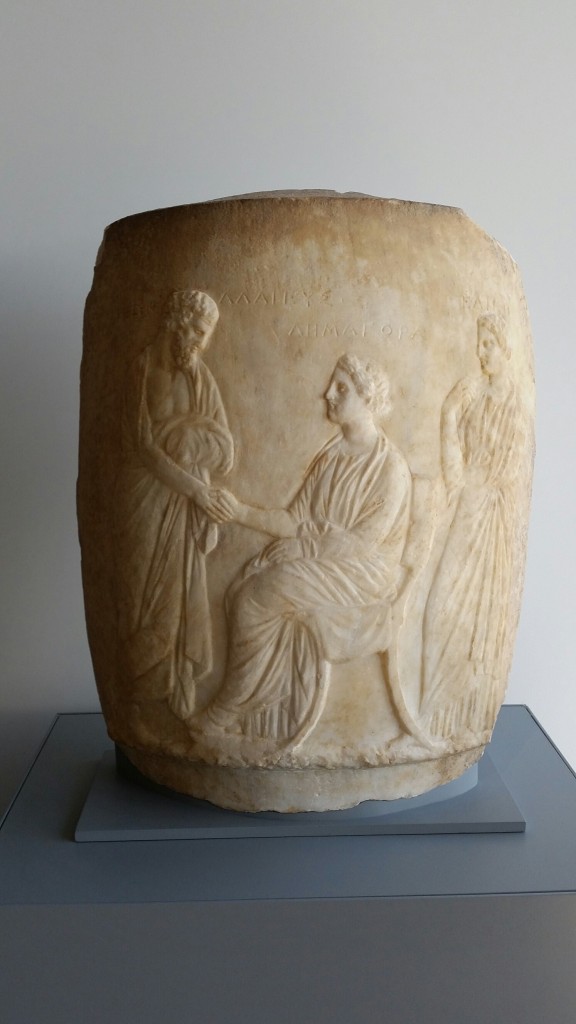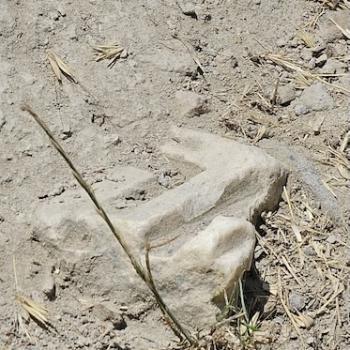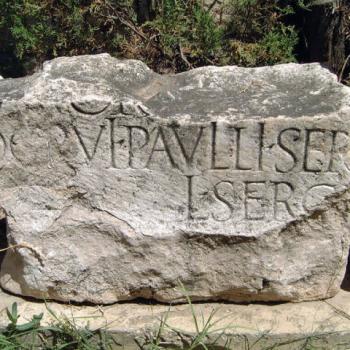[The following is a repost of an important summary of a new essay by Walter Ameling, reviewed and summarized by my friend Larry Hurtado. This appeared first on Larry’s Blog on Dec. 2nd]
Walter Ameling draws upon epigraphical evidence to consider languages usage in Jewish Palestine in the Hellenistic and Roman periods in a data-rich recent essay: “Epigraphy and the Greek Language in Hellenistic Palestine,” Scripta Classica Israelica 34 (2015): 1-18. The thrust of his study is that from the Seleucid period onward Greek was widely used. As this publication won’t be readily available to some, I’ll give a few representative extracts.
“Greek had to be used in important contexts even though the majority of the population may still have been raised speaking another tongue. However, the importance of Greek must have at least induced the upper classes to learn that language if they aspired to gain political participation.” (p. 4)
“Coins employed Greek iconography (sometimes also with Greek lettering), and the local weights were marked with Greek letters. These everyday items incised with Greek lettering show that the use of Greek proliferated down into society and was not restricted to formal political business.” (p. 4)
From the Seleucid period onward, “For anyone who wished to profit from the enormous economic possibilities opened under the Hellenistic monarchies, knowledge of the Greek language was of paramount importance.” (p. 7)
On language usage in Judaea in particular: “Until ca. 300 [BCE], Hebrew was still a spoken language, but it was gradually replaced by Aramaic, only retaining its value as a language of ritual and religious texts. If we express it differently: following the year 300, the spoken language ceased to be an important identity marker. An Aramaic-speaking Jew who by metamorphosis became a Greek-speaking Jew did not necessarily change his religious beliefs nor necessarily adopt every kind of Greco-Hellenistic identity. On the other hand, it seems that Greek did not establish itself as a language of religious discourse even if some books were written in it and others were translated for religious use.” (p. 9)
“Everywhere we look, we find everyday objects associated with the Greek language: ceramics with incised or painted Greek graffiti, sling bullets with Greek inscriptions, game counters which not only carried pictures, but also short Greek inscriptions to explain them. Games with Greek counters are as basic as it gets short of names, of course.” (p. 11)
On the famous Theodotus inscription (commonly thought lst century CE) dedicating a Jerusalem synagogue for Greek-speaking Jews from the Diaspora: “But the interest of this last text goes beyond the confirmation of something we already know. The founder of the synagogue was Theodotus, son of Vettenus: he had a Greek name, his father had a Latin name, and he records that he was an archisynagogos [synagogue leader] in the third generation. The fact that the reference to his family background and synagogal foundation, ad maiorem gloriam Theodoti, as it were, were all inscribed in Greek, show us that Theodotus not only expected his community to be able to read his text in Greek, but had also composed it according to the custom with which his community was acquainted.”
As a summarizing statement: “Greek was epigraphically the prevalent language in the surrounding world and therefore was chosen more often for epigraphic purposes than any other language. However, linguistic choice in a particular situation envisages the possibility that all parties concerned understood more than one language. Linguistic choice in epigraphy implies that not only the prevalent epigraphic culture was Greek, but that the language of this culture was understood (and read!) not only by the people erecting inscriptions, but by their intended public.” (p. 18)













